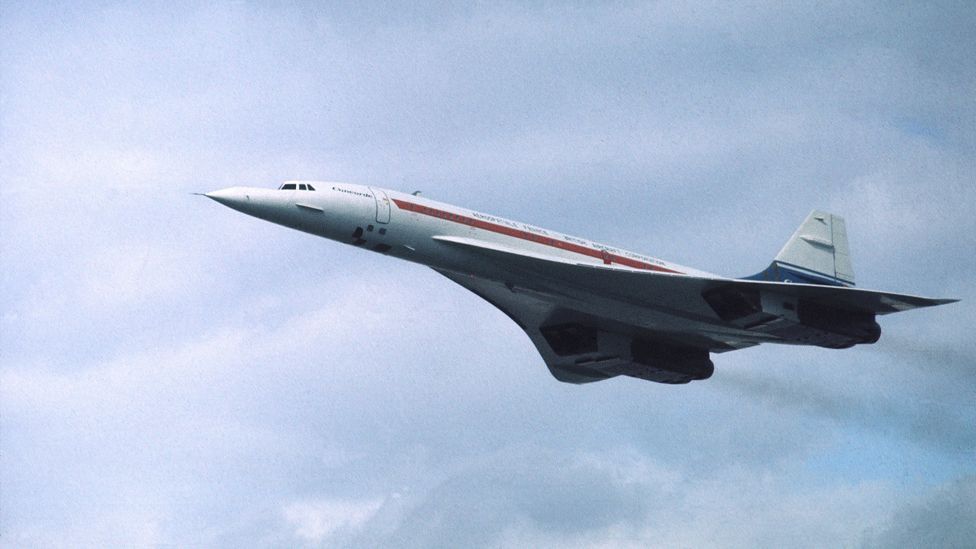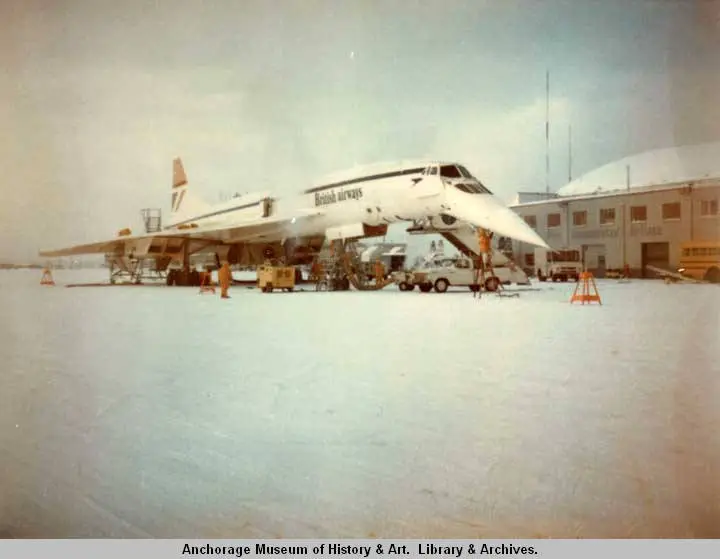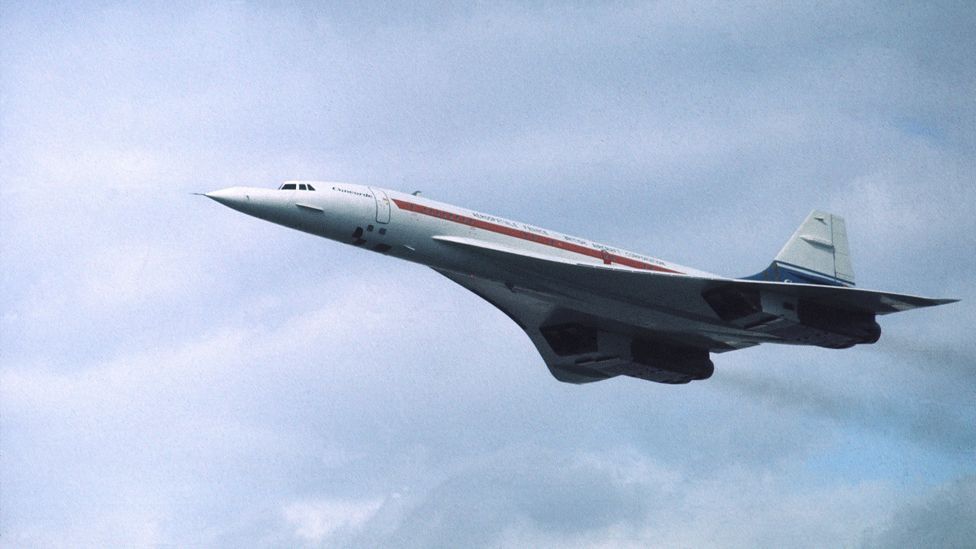When Concorde moved, people watched.
Casual onlooker, avid plane spotter or experienced 747 pilot? It didn’t matter. Concorde’s long, slender body coupled with its fabled supersonic speed thrust it into the imagination of anyone watching.
An everyday moment on the tarmac at London Heathrow in the late 90s has long stuck with now-retired Concorde pilot John Tye, and perfectly encapsulated, he said, the magnetic appeal of Concorde, the wondrous aircraft that was decommissioned 20 years ago today.

With close to 100 passengers onboard, Tye was sat inside in the cockpit of BA001, the scheduled British Airways Concorde service to New York, leaving each morning at 10:30.
“Taxiing out was always an incredible experience,” Tye said.
“You knew the eyes of the world were on you.”
Tye’s Concorde joined an orderly queue of planes ambling down runway 28, and pulled in behind an American Airlines 747 jet.
“They were clear to run up and take off, and then this American voice (comes on the radio, speaking to the control tower) and says something like, ‘Gee, do you mind if we hold for a bit. Can we wait and watch the Concorde go first?'”
At that time, British Airways and Air France had been flying Concorde for almost 20 years. Concorde wasn’t new. Its magic never got old.
“It really brought it home to me how special Concorde was,” Tye said.
Special was right.
Concorde’s four Rolls Royce Olympus turbojet engines powered it to speeds of Mach 2 – twice the speed of sound – or a thundering 2450 kilometres an hour. It had a signature supersonic boom.
That kind of propulsion – flying faster than a bullet – saw Concorde set a record for the fastest flight by a commercial airline between the two great cities; taking off from New York and landing in London in just two hours, 52 minutes and 59 seconds.
Flying Concorde was an all-round sensory experience.
From a rarefied cruising altitude of 18,300 metres, almost in space, passengers could see the curvature of Earth while sipping French champagne and dining on fine foods.
It was no wonder a line of stars flocked to ride Concorde, along with the high-flying business executives the plane was built to cater for.
Dame Joan Collins loved Concorde, and was a frequent flyer.
The “Dynasty” star always sat near the front. She made sure she was onboard Concorde’s final flight, on October 24, 2003.

Collins called Concorde’s decommissioning a “travesty of civilisation”.
Also a regular, Beatle Paul McCartney was “everybody’s favourite passenger”, Tye said.
Queen Elizabeth II had a soft spot for the iconic jet, and sometimes used it to make official trips.
Aussie pop star Kylie Minogue was no stranger to Concorde, Tye said, and Mick Jagger “used to come on, sit down the back quietly and read his book”.
Travelling pre-9/11 meant passengers were allowed inside the tight confines of the Concorde cockpit for a look, and Tye would often walk the aisle and chat with celebrities and other travellers as the plane soared over the Atlantic.
“It was the best job in the world,” Tye said. He has written a book, Life of a Concorde Pilot, which documents his life journey from an orphanage to flying the most prestigious plane on the planet.
A typical day at work for Tye meant leaving his house around 7.30 in the morning.
His young daughters would be rushing around getting ready for school. He’d get in the car and head for Heathrow, “driving past people walking down the street with their briefcases, rushing to the station to catch the 7.40 train into London”.
“And I’d drive to Heathrow knowing that I was going to be flying Concorde across the Atlantic Ocean. It was such a different feeling.”
At Heathrow, Tye would meet another pilot, a flight engineer and the six cabin crew. By 10.30am they’d all be pushing off the gate at Terminal 4, to “launch down the runway and fly across the Atlantic in not much more than three hours”.
Having left Heathrow at 10.30 in the morning, the Concorde would whistle westward and touch down in New York at 9.30am local time.
So Tye and the crew had “all day in New York for lunch or a bit of shopping … it was absolutely marvellous.”
They would stay overnight in New York and fly back in the morning.
“Literally I’d be home by 5.30 in the evening, the following day.”

Concorde was all about speed.
Tye said his first takeoff in a Concorde “was like nothing on earth”.
“We practiced it over and over again in the simulator, but the simulator can’t prepare you for the real noise, the vibration and the bouncing of the flight deck because you’re actually sitting 37 feet (11 metres) in front of the nose wheel.
“Every slight bump in the runway is amplified. You get the smell of the kerosene coming through the air conditioning every now and again. It can’t prepare you being thrust back into your seat. The acceleration is absolutely phenomenal.
“It went like a rocket.”
Because of its shape, Concorde was small.
There was only room for 90-100 passengers, so ticket prices were steep.
British journalist Richard Quest flew Concorde five times.
“It had more like office chairs, bucket seats, and very small windows,” he told CNN.
“It was noisy, extremely noisy, but I challenge anybody not to have a smile from ear to ear when they got on it.”
Concorde’s only accident came in July 2000 when an Air France plane crashed just after takeoff from Paris.
All 109 people onboard and four on the ground were killed.
Concorde returned to service in 2001, but the clock was ticking.
After almost 30 years in the air, in 2003 BA and Air France decided to decommission Concorde.
The supersonic jet had long been known to divide airline executives.
Both airlines blamed falling passenger numbers in the aftermath of the Paris crash and rising operating costs.
There was no doubt Concorde was an engineering triumph, but commercial success had proved more elusive.
Source: 9news.com.au
Warning: Illegal string offset 'cookies' in /home/u623323914/domains/eng.bayviet.com.vn/public_html/wp-includes/comment-template.php on line 2564